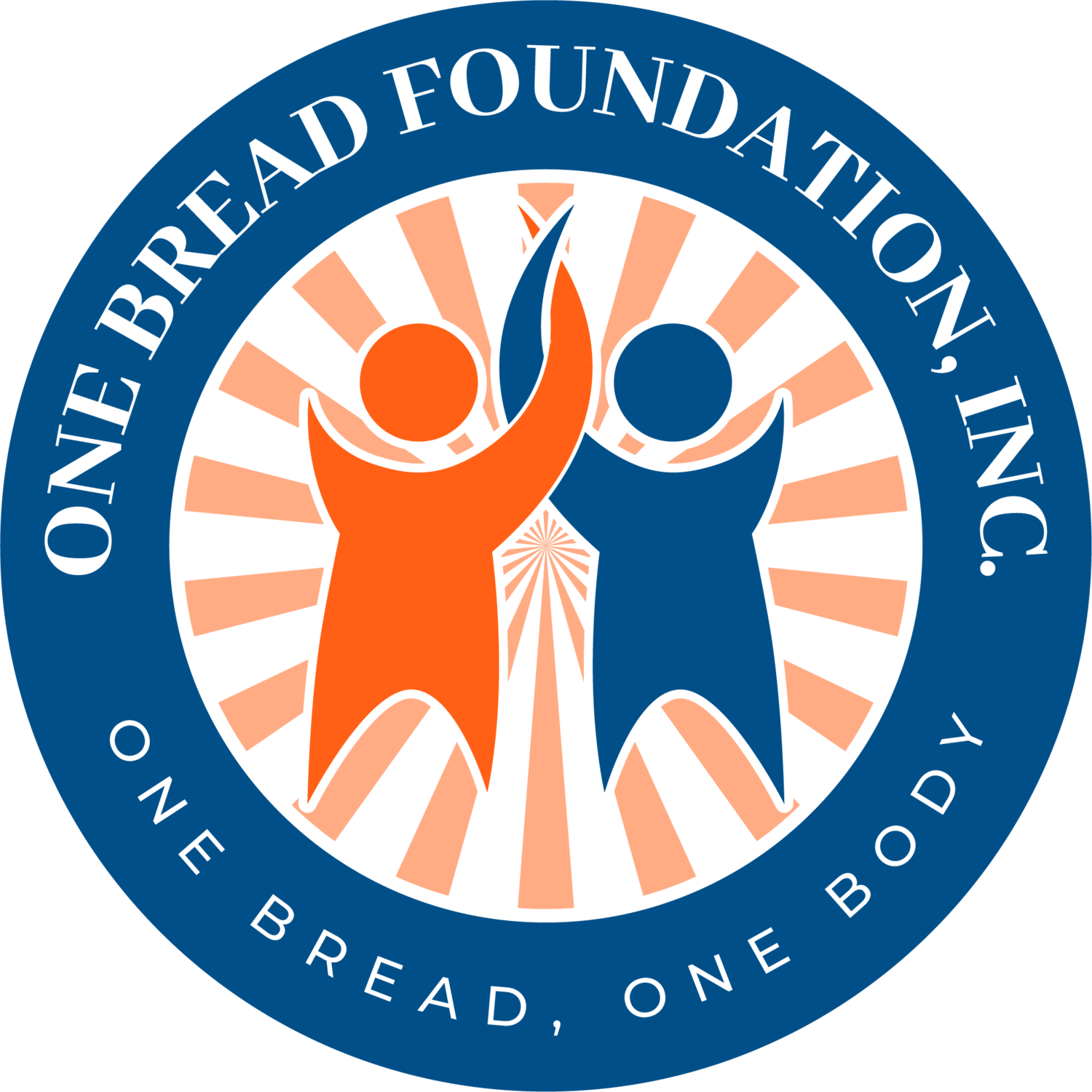By Constance Thum, Senior Contributing Writer
Besides the harrowing accounts of multigenerational hardships and loss from the legacy of colonialism that has generated Indigenous historical trauma, Native Americans have also suffered from high rates of human trafficking. For example, despite making up 11% of the population in New Mexico, Native Americans account for a quarter of trafficking victims. Searchlight New Mexico, an independent investigative journalist organisation, conducted a 16-month investigation and found that Indigenous women are most vulnerable to trafficking since they are the least recognised and protected population. This is compounded by limited resources (such as funds or manpower) and failings of tribal agencies, law enforcement, and the healthcare system. These include poor protocol, inadequate training for officers in handling trafficking cases, lack of coordination among departments, and general neglect or oversight.
Other reasons why Indigenous populations are disproportionately affected by human trafficking include the exoticisation of non-White women. Poverty in tribal communities also greatly increases the chances of exploitation. Violence and destitution at home may drive young adults to the streets, leading to homelessness and runaways. Alternatively, such individuals may be placed in child welfare and foster care systems where they are groomed, preyed upon, and manipulated by traffickers who target their unmet need for trusting adults. Another major factor is the lack of awareness of human trafficking. Many cases of Indigenous trafficking involve exploitation and betrayal by the victim’s own family.
In light of this, a direct and highly feasible measure to prevent occurrence of trafficking may be spreading awareness among Native American populations. Information on signs of trafficking, emergency contacts, and cases of trafficking may be disseminated either through social media platforms or through tribal agencies. Schools may also consider inviting volunteer, qualified speakers to educate children about trafficking. However, a fundamental issue with tackling human trafficking remains in systemic and legislative shortcomings. Mandatory training for law enforcement officers on human trafficking has yet to be implemented due to delayed legislation and renewal of the Violence Against Women Act which would increase communication across agencies. Given the economic downturn post-COVID and strained finances, financial resources may be diverted to other areas. Even so, trafficking represents a violation to treasured human rights and its victims deserve to be treated with compassion and dignity.
References and further reading:
'Nobody Saw Me': Why are so many Native American women and girls trafficked?
Why Traffickers Go After Native American Women
Human Trafficking in Native Populations: Q&A with Commissioner Jeannie Hovland
